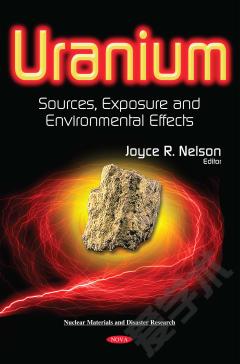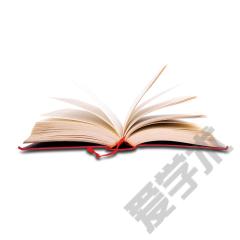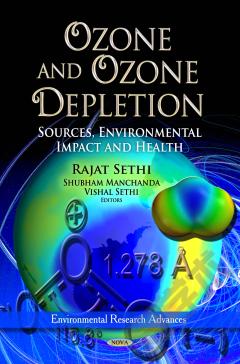Cadmium: Characteristics, Sources of Exposure, Health and Environmental Effects
Cadmium (Cd) is one of the four metals that have been raising apprehension worldwide as environmental, agricultural and health hazards in recent decades. Cadmium accumulates in the soil naturally or through anthropogenic activities, such as mining, industrial waste disposal, use and disposal of batteries and sludges, and application of pesticides and fertilizers. Cadmium accumulation can result in severe deterioration of natural resources, disturbance of ecosystems, and deleterious effects on plants, animals and human health. In recent decades, the number of publications focused on cadmium toxicity in plants and animals has been growing exponentially, making this topic impossible to accommodate within the scope of a single volume. This book edited by Dr. Mirza Hasanuzzaman and Dr. Masayuki Fujita presents a collection of 16 chapters written by 67 experts from 19 countries working on cadmium toxicity. This volume provides the readers with a background for understanding cadmium toxicity, its environmental and health aspects, and its remediation mechanisms. Various chapters included in this book provide a state-of-the-art account of the information as a resourceful guide suited for scholars and researchers working in the field of cadmium. This book is a invaluable resource for plant biologists, agriculturists, toxicologists, biochemists, environmental scientists, physiologists, pharmacologists, geneticists, molecular biologists; as well as graduate students in these disciplines.
{{comment.content}}








 京公网安备 11010802027623号
京公网安备 11010802027623号